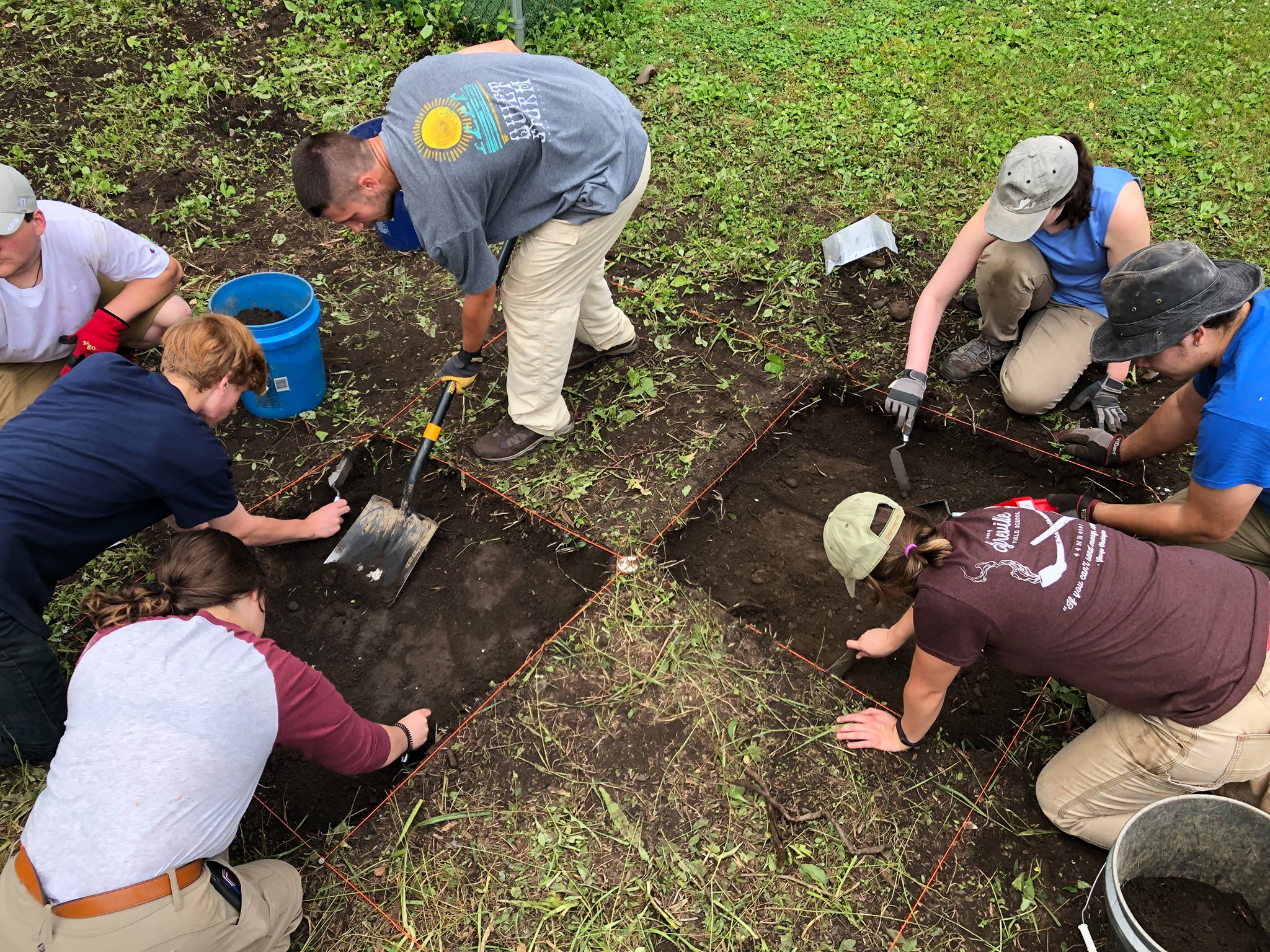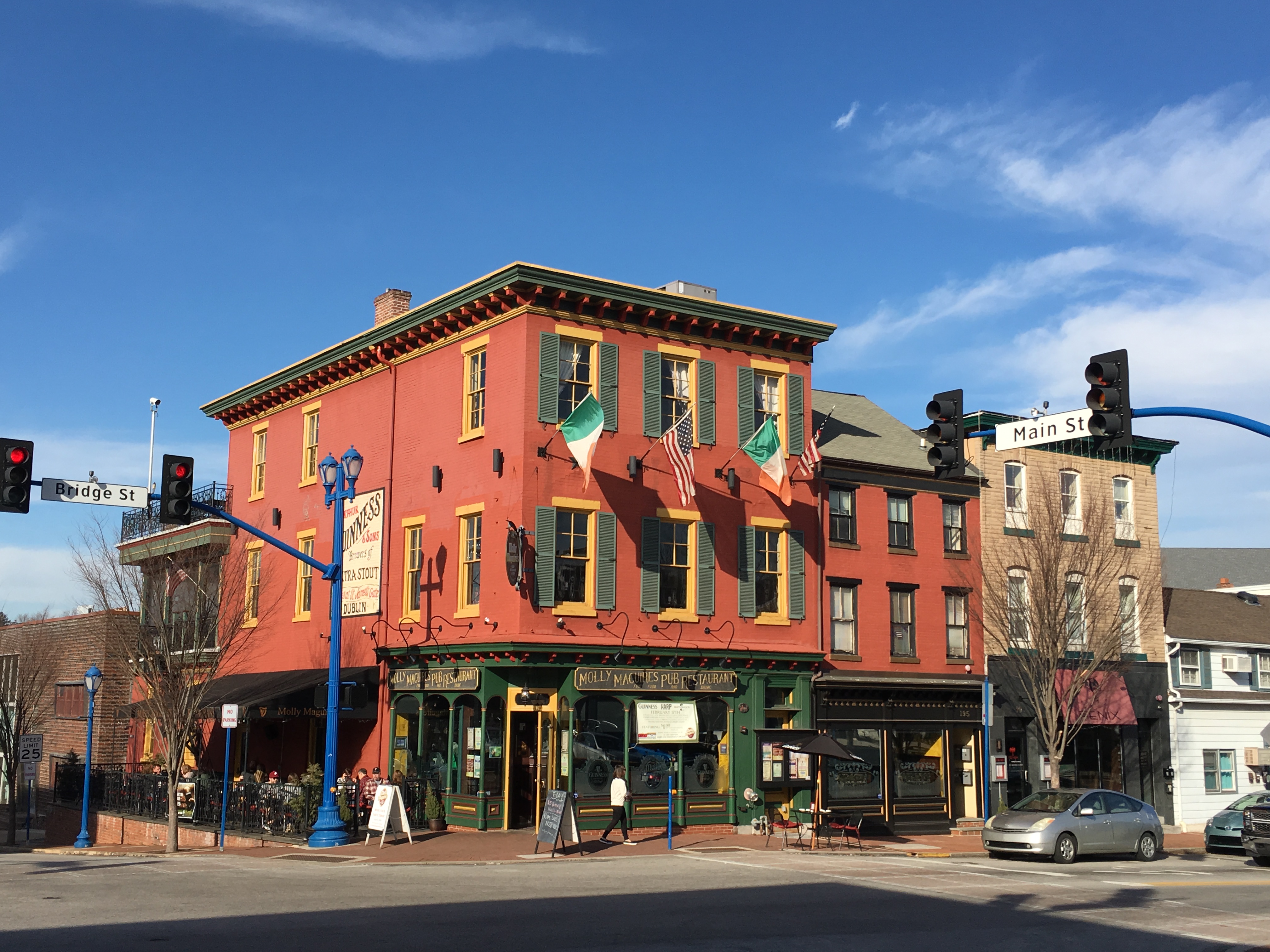The Hassrick House was designed in 1958 by Richard Neutra, famed modernist architect, for “Doll” and Ken Hassrick.
Continue readingAuthor: Guest Contributor (Page 8 of 16)
The Pennsylvania Historic Preservation Office occassionally asks our partners to share their news, successes, challenges, and perspectives on historic preservation matters in Pennsylvania.

Archaeology students help uncover Stroudsburg’s history
Where Main and 9th Streets meet in downtown Stroudsburg, Monroe County, PA has been occupied by people since long before the streets were constructed.
Continue readingIn the second installment of this two-part interview with Pennsylvania Historic Preservation blog, Mod Betty discusses her research methods, her main influences, and “the ones that got away.” Missed Part 1? Read it here!
Continue readingMuch like the early settlers of Harrisburg, many of us today feel drawn to bodies of water, whether for their natural beauty, ability to fuel industries, or provision of vital resources to developing communities.
Continue readingKnown by legions of her fans as “Mod Betty,” Beth Lennon is a prolific Phoenixville-based travel writer who has been documenting and celebrating roadside architecture, mom-and-pop businesses, and other Americana landmarks for over a decade.
Continue readingJune is LGBTQ+ (Lesbian, Gay, Bisexual, Transgender, and Queer) Pride Month, a time to celebrate the LGBTQ+ community, how far we’ve come in the advancement of equal rights, and to recognize the work that’s yet to be done.
Continue reading
Artifacts in the Attic
This post is the first in a two-part series written by former interns highlighting the CCC history and historic resources at Laurel Hill State Park and the work the PA Department of Conservation & Natural Resources and the PA SHPO are doing to preserve and celebrate them as part of the Laurel Hill landscape.
Continue reading
Saving the Watts Mill Road Bridge: Part 1
The biggest obstacle for a small trail or historic preservation group to assume ownership of a historic bridge is usually funding. They operate on lean budgets and do not always have the extra resources to purchase, rehabilitate and maintain a historic bridge. However, a success story is in the making with the transfer of the Watts Mill Bridge from PennDOT to the people of Beaver County.
Continue reading
Answering the Key Questions about Local Historic Preservation in PA
Have you ever wondered WHERE local historic preservation programs are being implemented in Pennsylvania? Continue reading





Recent Comments